Narrowing of the spinal cord canal due to osteoarthritis may result in spinal stenosis. When space around your spinal cord and nerve roots starts to narrow, it can cause chronic pain, mild to severe. Typically, this chronic back pain is treated with NSAIDs, pain medications, or surgical referrals.
But there are alternative modalities that are effective in offering pain relief. So, how can you cure spinal stenosis naturally? Cold and hot compresses, exercises to maintain joint flexibility and range of motion, and low-level laser treatments (LLLT), have been helpful in providing relief to patients living with stenosis. Some patients report finding relief with the use of a CBD tincture oil and/or through meditation.
Who Gets Spinal Stenosis?
Spinal stenosis can occur in anyone, but is more common in older adults. It is often caused by degenerative changes in the spine due to osteoarthritis. Other causes of spinal stenosis may include:
- Spondylolisthesis – a condition where one vertebra slips forward over another
- Herniated discs – discs that bulge out and press on the nerve roots
- Thickening or narrowing of the spinal cord
If you are at risk for developing spinal stenosis, it is important to maintain a healthy weight and stay active. Exercising regularly will help keep your spine flexible and strong, which can help prevent stenosis from developing.
What Are the Symptoms of Spinal Stenosis?
The most common symptom of spinal stenosis is pain that radiates from the low back and into the legs. This is caused by the compression of nerves in the spine. Other symptoms may include:
- Numbness or weakness in your legs
- Difficulty walking or standing for extended periods of time
- A sense of heaviness or fatigue in your legs
- Pain that gets worse with activity or when you stand for long periods of time
- Loss of flexibility and range of motion
- Neck pain
- Loss of function or “clumsiness” in the hands and/or feet
- Problems with balance
If you are experiencing any of these symptoms, it is important to get a doctor’s diagnosis. Once diagnosed, there are several treatment options available to help ease your symptoms and improve your quality of life, including LLLT. Low-level light therapy is also referred to as photo biomodulation therapy.
LLLT for Treating Spinal Stenosis
Depending on where and how severe your spinal stenosis is, natural treatments combined with positive lifestyle changes may successfully eliminate your pain.
LLLT, or cold laser therapy, is an effective, non-invasive treatment for chronic pain caused by spinal compression. Low-intensity laser therapy by the LumaCare Duo can help boost blood flow and oxygenation. The LumaCare Duo is designed to target the source of pain with 2-8 times more coverage than other LLLT devices on the market.
It’s an advanced therapeutic laser specifically designed to treat pain from acute and chronic injuries.
If you are suffering from spinal stenosis and would like to explore the option of LLLT therapy, talk to your doctor or health care provider.
Since the 1960s, thousands of peer-reviewed articles, studies, and reports have shown the benefits of Low Level Laser Therapy (LLLT). Our clients have shared stories of their success treating back, neck, and shoulder pain with the LumaCare Duo. Your doctor or health care provider can help you explore lasting pain relief with LumaCare therapeutic lasers.
When is Surgery Considered for Spinal Stenosis?
If you have tried other treatments without success, or if your spinal stenosis is severe and impacting your quality of life, surgery may be recommended. Surgery for spinal stenosis involves removing the part of the spine that is pressing on the nerves.
While surgery may offer relief from pain symptoms, it is a major procedure with risks involved. It is important to discuss all treatment options with your doctor before deciding on surgery.
